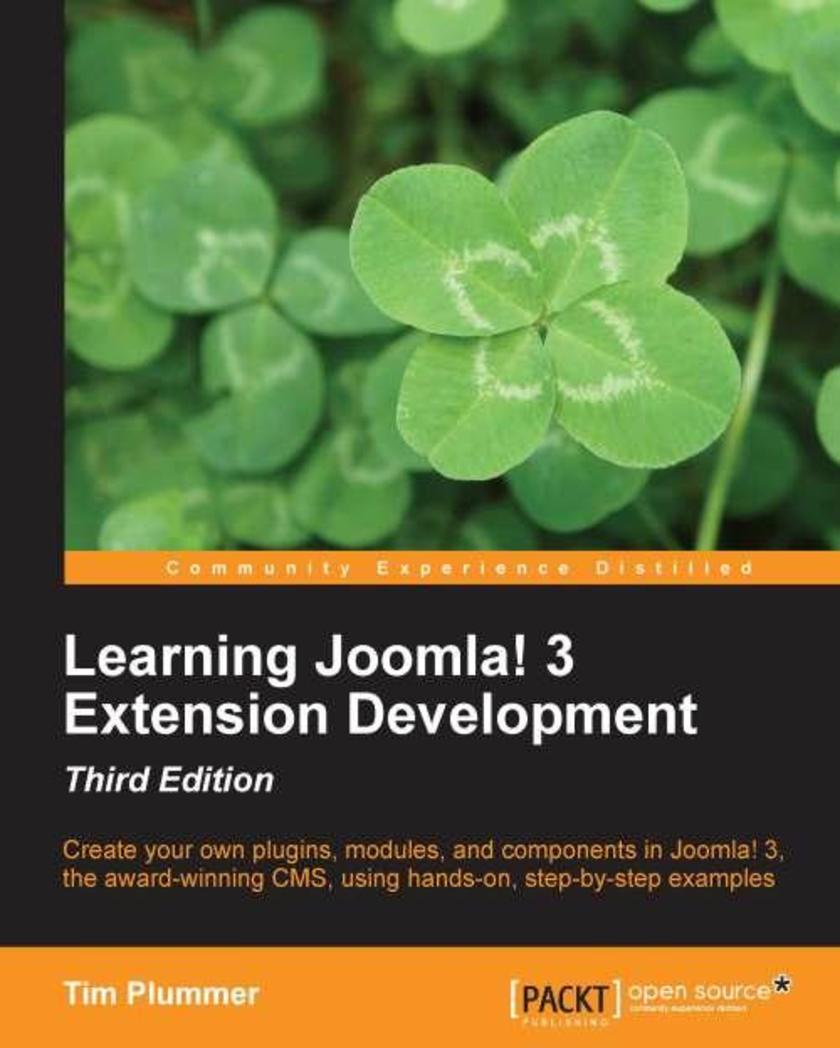
Learning Joomla! 3 Extension Development, Third Edition
¥99.18
A practical guide with step-by-step examples that build on each other so you can learn by doing and get hands-on knowledge about creating your plugins, modules, and components in Joomla."Learning Joomla! 3 Extension Development, Third Edition" is for developers who want to create their own Joomla extensions. It is assumed you will have some basic PHP, HTML, and CSS knowledge, but you don’t need any prior Joomla programming experience. This book will also be useful to people who just want to make minor customizations to existing Joomla extensions and build on the work of others in the open source spirit.
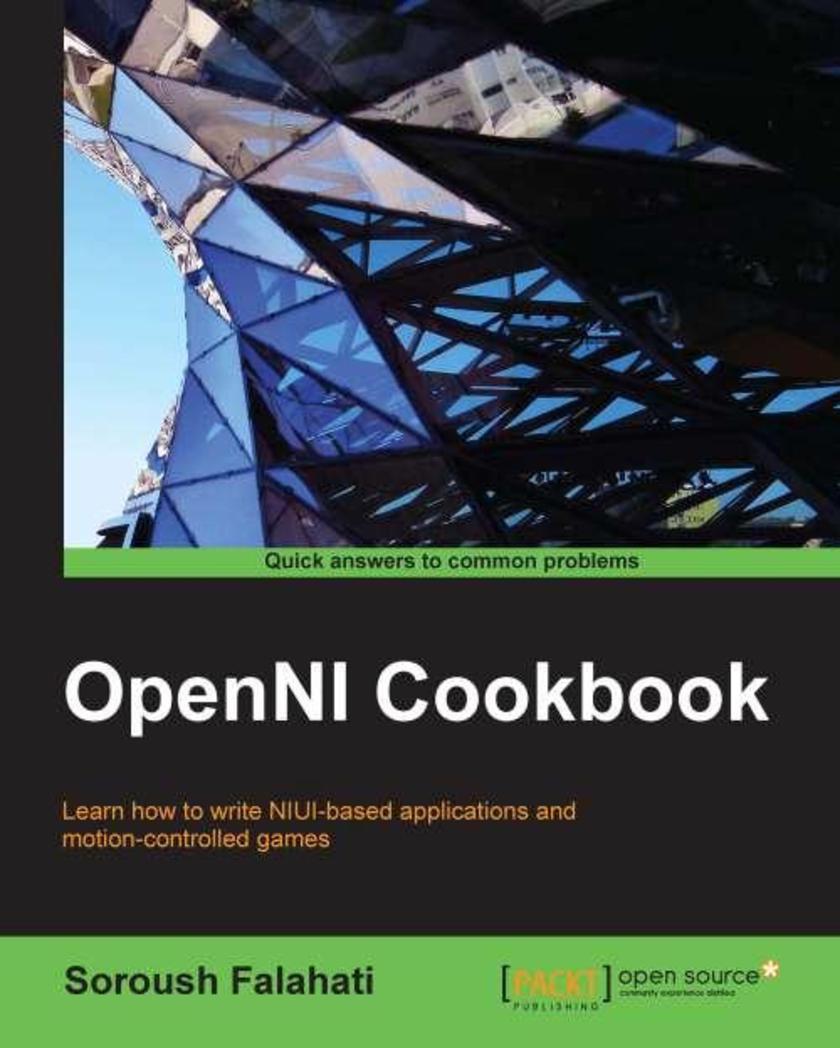
OpenNI Cookbook
¥80.65
This is a Cookbook with plenty of practical recipes enriched with explained code and relevant screenshots to ease your learning curve. If you are a beginner or a professional in NIUI and want to write serious applications or games, then this book is for you. Even OpenNI 1 and OpenNI 1.x programmers who want to move to new versions of OpenNI can use this book as a starting point. This book uses C++ as the primary language but there are some examples in C# and Java too, so you need to have about a basic working knowledge of C or C++ for most cases.
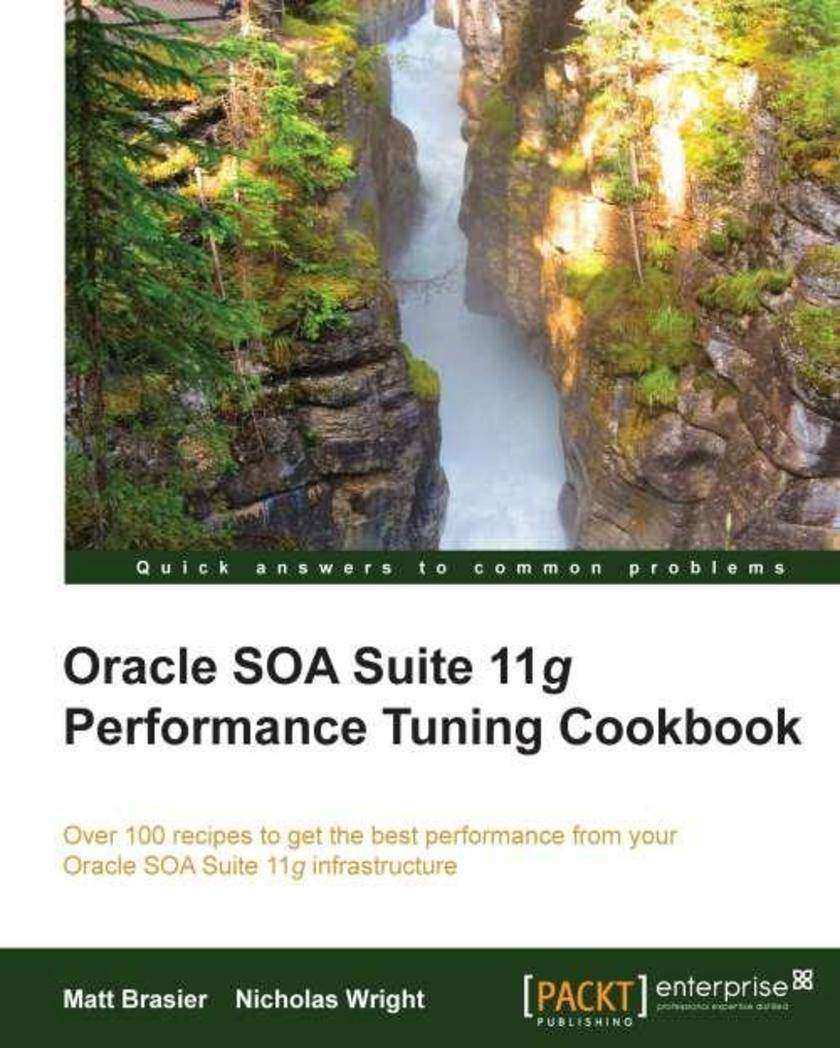
Oracle SOA Suite Performance Tuning Cookbook
¥99.18
This is a Cookbook with interesting, hands-on recipes, giving detailed de*ions and lots of practical walkthroughs for boosting the performance of your Oracle SOA Suite.This book is for Oracle SOA Suite 11g administrators, developers, and architects who want to understand how they can maximise the performance of their SOA Suite infrastructure. The recipes contain easy to follow step-by-step instructions and include many helpful and practical tips. It is suitable for anyone with basic operating system and application server administration experience.

Multimedia Programming with Pure Data
¥80.65
A quick and comprehensive tutorial book for media designers to jump-start interactive multimedia production with computer graphics, digital audio, digital video, and interactivity, using the Pure Data graphical programming environment.An introductory book on multimedia programming for media artists/designers who like to work on interactivity in their projects, digital art/design students who like to learn the first multimedia programming technique, and audio-visual performers who like to customize their performance sets
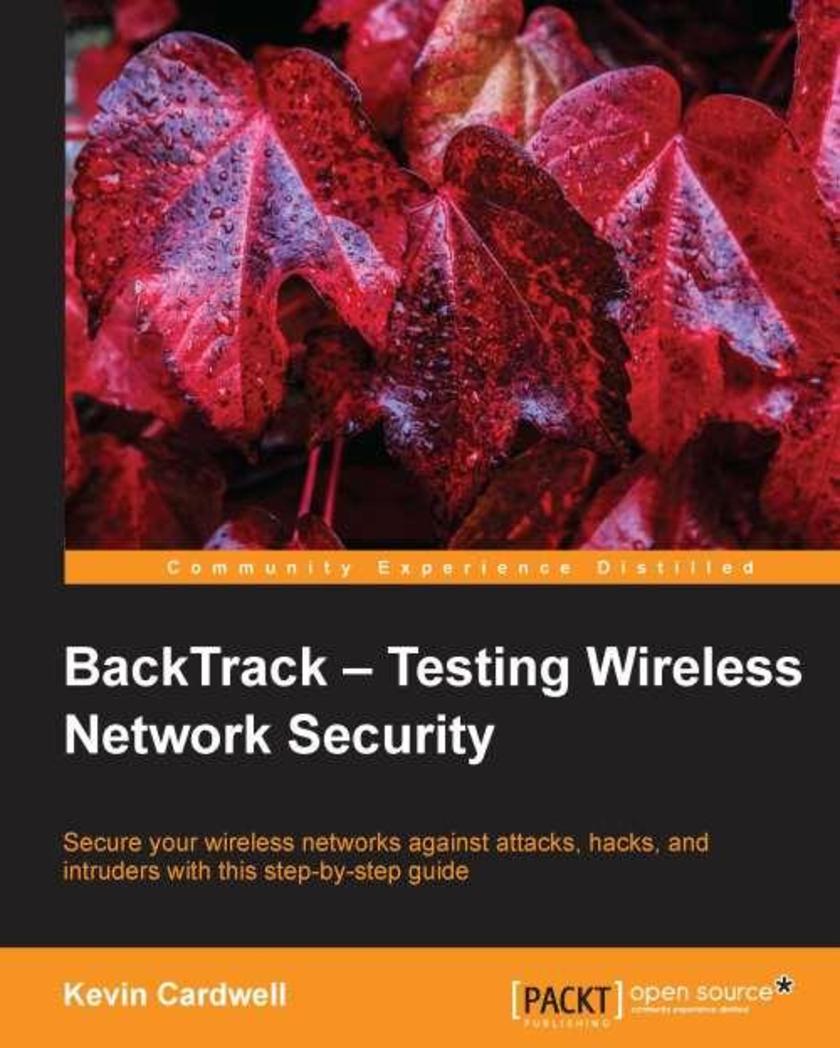
BackTrack – Testing Wireless Network Security
¥54.49
Written in an easy-to-follow step-by-step format, you will be able to get started in next to no time with minimal effort and zero fuss.BackTrack: Testing Wireless Network Security is for anyone who has an interest in security and who wants to know more about wireless networks.All you need is some experience with networks and computers and you will be ready to go.
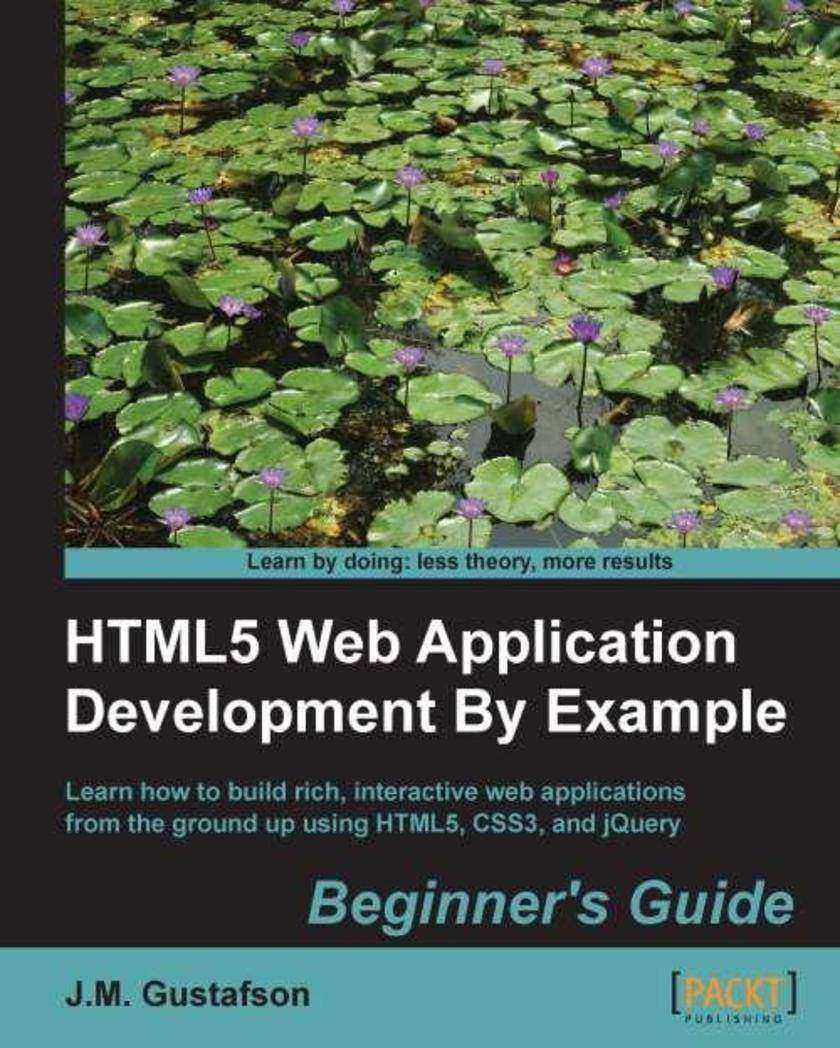
HTML5 Web Application Development By Example Beginner's guide
¥80.65
The best way to learn anything is by doing. The author uses a friendly tone and fun examples to ensure that you learn the basics of application development. Once you have read this book, you should have the necessary skills to build your own applications.If you have no experience but want to learn how to create applications in HTML5, this book is the only help you'll need. Using practical examples, HTML5 Web Application Development by Example will develop your knowledge and confidence in application development.

Getting Started with Oracle Tuxedo
¥63.21
This book is packed with real world examples that cover the design and discipline of the software and service of CRMOD. If you are an architect, designer, developer or administrator looking for a quick reference guide on how to build a Tuxedo application, then this is the best guide for you. This book also helps business users to understand this technology, various features, and functionalities and relate business benefits. No prior knowledge of Tuxedo is required.
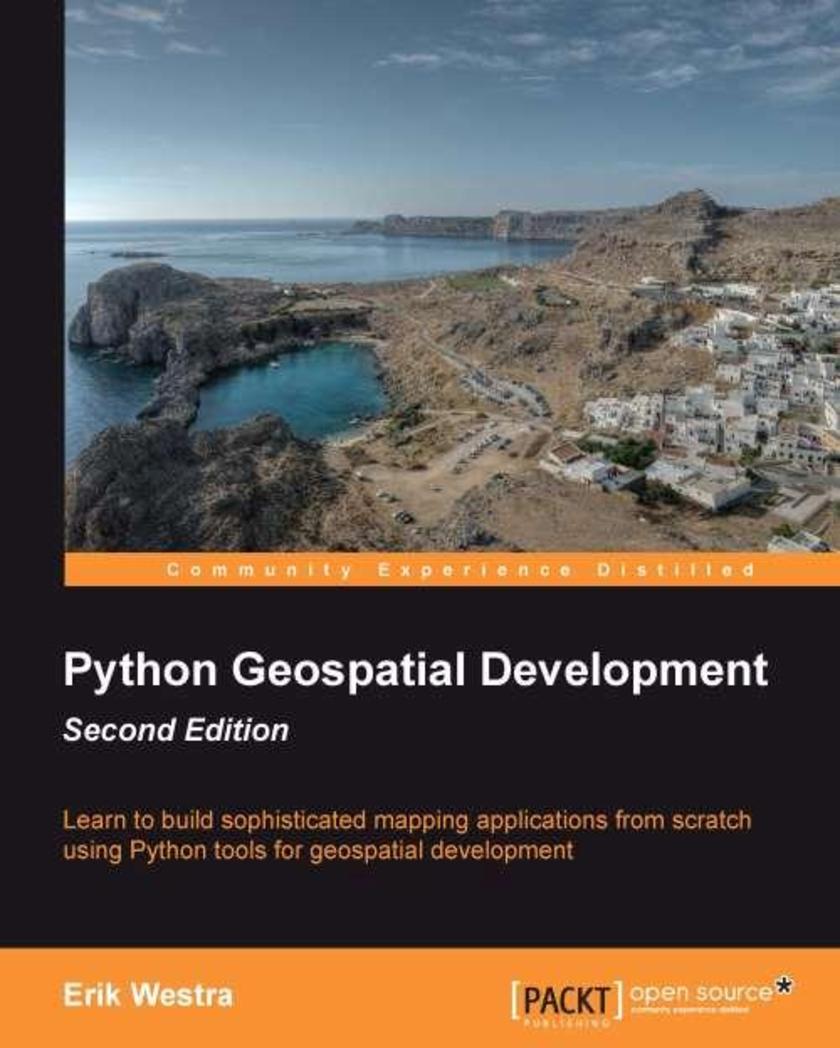
Python Geospatial Development, Second Edition
¥90.46
This is a tutorial style book that will teach usage of Python tools for GIS using simple practical examples and then show you how to build a complete mapping application from scratch. The book assumes basic knowledge of Python. No knowledge of Open Source GIS is required.Experienced Python developers who want to learn about geospatial concepts, work with geospatial data, solve spatial problems, and build map-based applications.This book will be useful those who want to get up to speed with Open Source GIS in order to build GIS applications or integrate Geo-Spatial features into their existing applications.
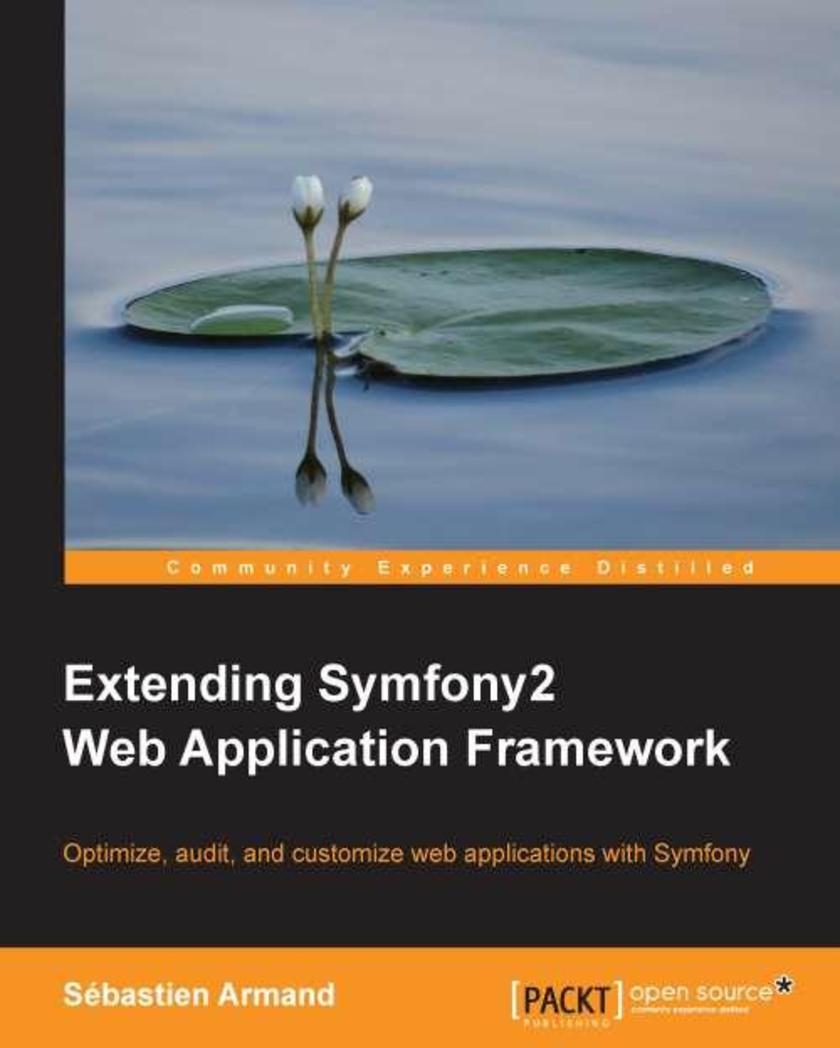
Extending Symfony 2 Web Application Framework
¥63.21
With lots of practical, handson, stepbystep examples, this book will lead you through how to extend and optimize your Symfony2 framework. If you have a good understanding of how Symfony works and are now trying to integrate complex tasks in your application, or want to better organize your application by keeping each piece of code where it belongs so it can be decoupled and easily used elsewhere, then this book is for you.

Redmine Plugin Extension and Development
¥54.49
This book provides a thorough look at the tools available within Redmine to facilitate the development of plugins and extensions. Full of tips and tricks, a recurring case study is also used to help guide you through the various content area extensions and plugin helpers and to provide context and realworld examples of the concepts being covered. This book is intended for those who want to build custom functionality into the Redmine project management platform. If you're already comfortable with Ruby, Rails, and Redmine, but you aren't quite sure what to do next, this book will walk you through the basics of getting a plugin written and integrated into various key areas of Redmine.
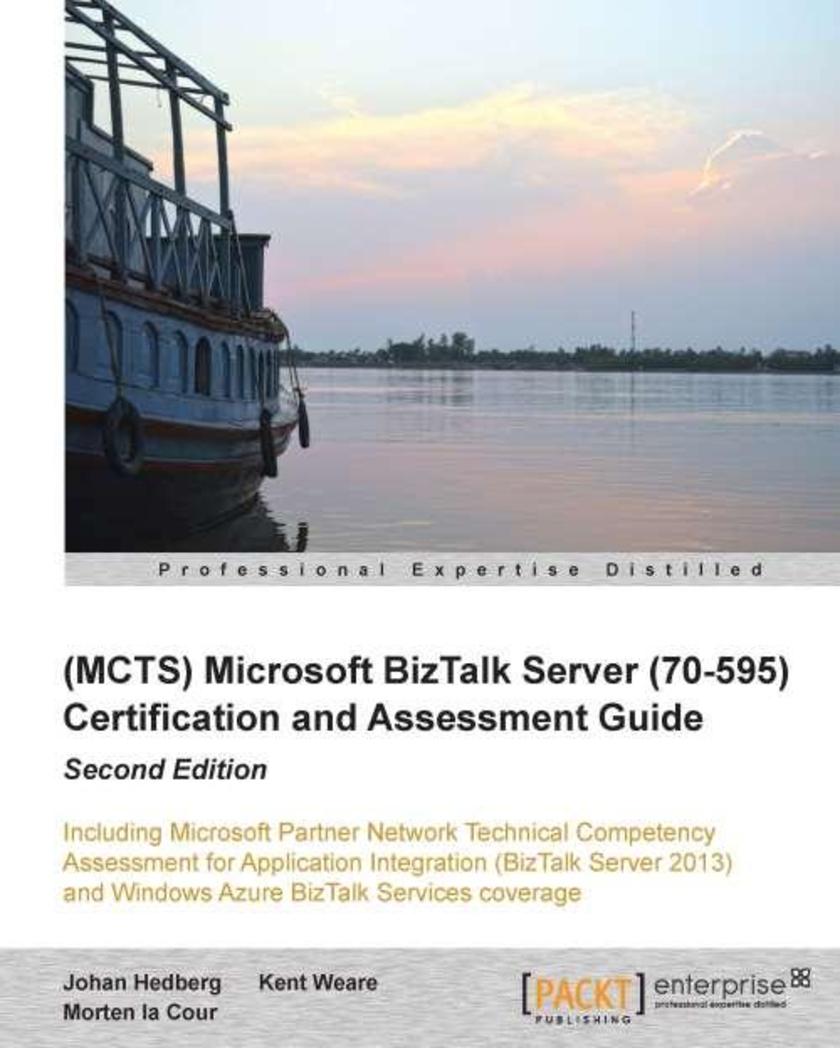
(MCTS) Microsoft BizTalk Server 2010 (70-595) Certification Guide (Second Editio
¥116.62
A handson certification guide with practical examples and sample questions and answers to help BizTalk developers pass the Microsoft BizTalk Server 2010 (70595) exam. If you are an intermediate level BizTalk developer who wants to pass the Microsoft BizTalk Server 2010 (70595) exam, then this book is for you. A working knowledge of fundamental BizTalk concepts around the core messaging engine and building business processes using orchestrations is assumed but not required. In addition, core knowledge of Windows Communication Foundation (WCF) and a basic understanding of Electronic Data Interchange (EDI) is recommended.

Expert Cube Development with SQL Server Analysis Services 2012 Multidimensional
¥90.46
An easytofollow guide full of hands on examples of realworld Analysis Services cube development tasks. Each topic is explained and placed in context, and for the more inquisitive reader, there also more indepth details of the concepts used. If you are an Analysis Services cube designer wishing to learn more advanced topic and best practices for cube design, this book is for you.You are expected to have some prior experience with Analysis Services cube development.
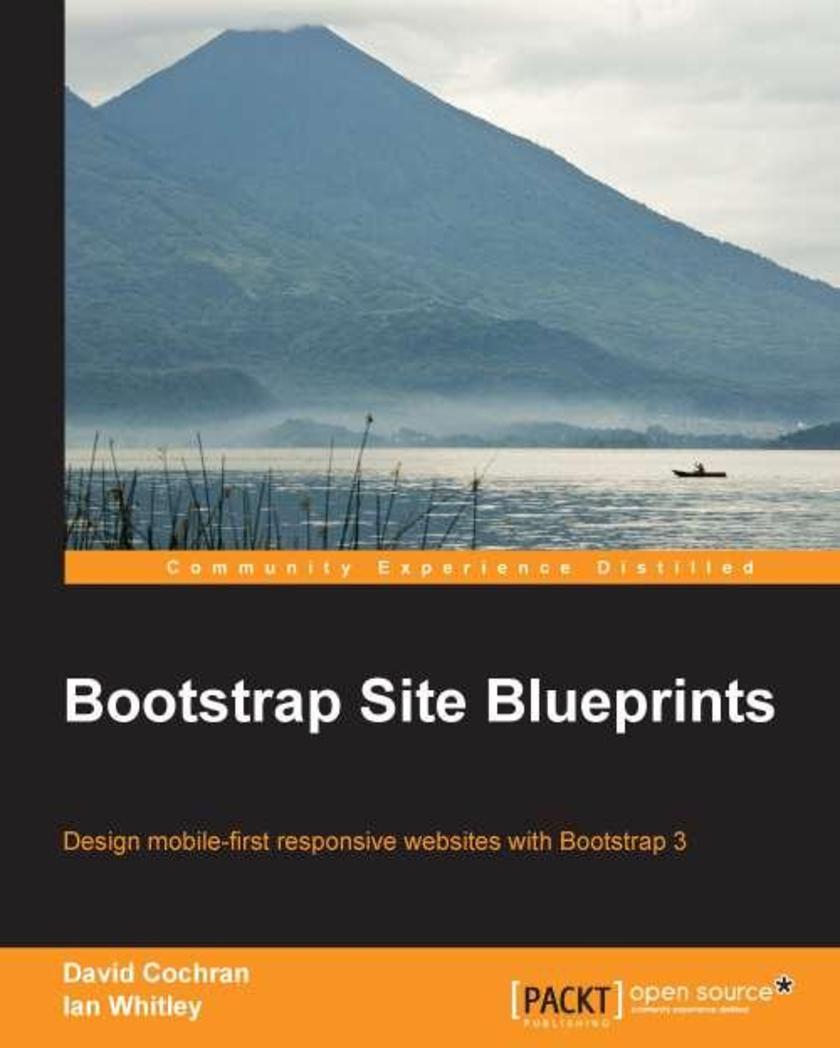
Bootstrap Site Blueprints
¥80.65
A handson guide with projects based on fictitious, but common, application development briefs, which will illustrate practical ways of applying responsive web design with Bootstrap. Whether you are a beginner or intermediate web developer, if you wish to make the most of Bootstrap, then this book is for you. You should be familiar with the fundamentals of HTML and CSS, and have some experience incorporating JavaScript plugins. Prior Bootstrap experience is optional.
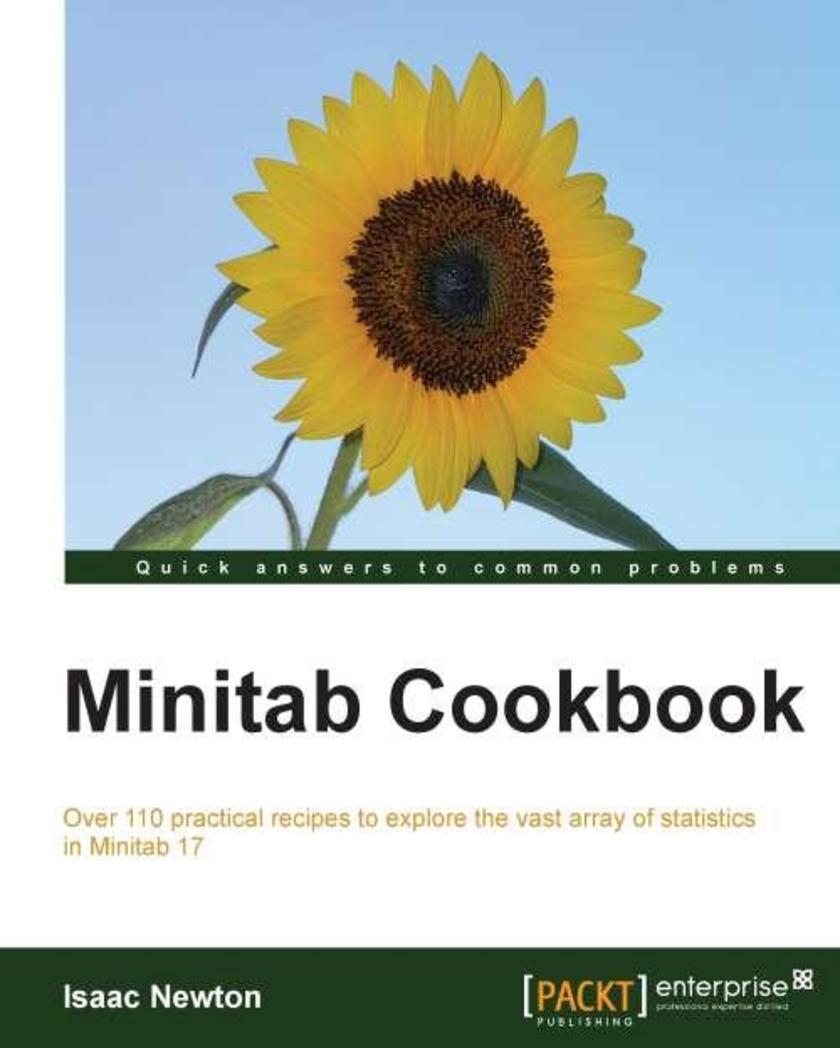
Minitab Cookbook
¥99.18
This practical cookbook covers a broad range of topics in an easytounderstand manner. Stepbystep instructions guide you through even the most complicated of tools in Minitab. This book is great for anyone who is familiar with statistics and who wants to learn how Minitab works. Whilst you do not need to be an expert in all areas of statistics, you should understand the basics of the chapters you are interested in.
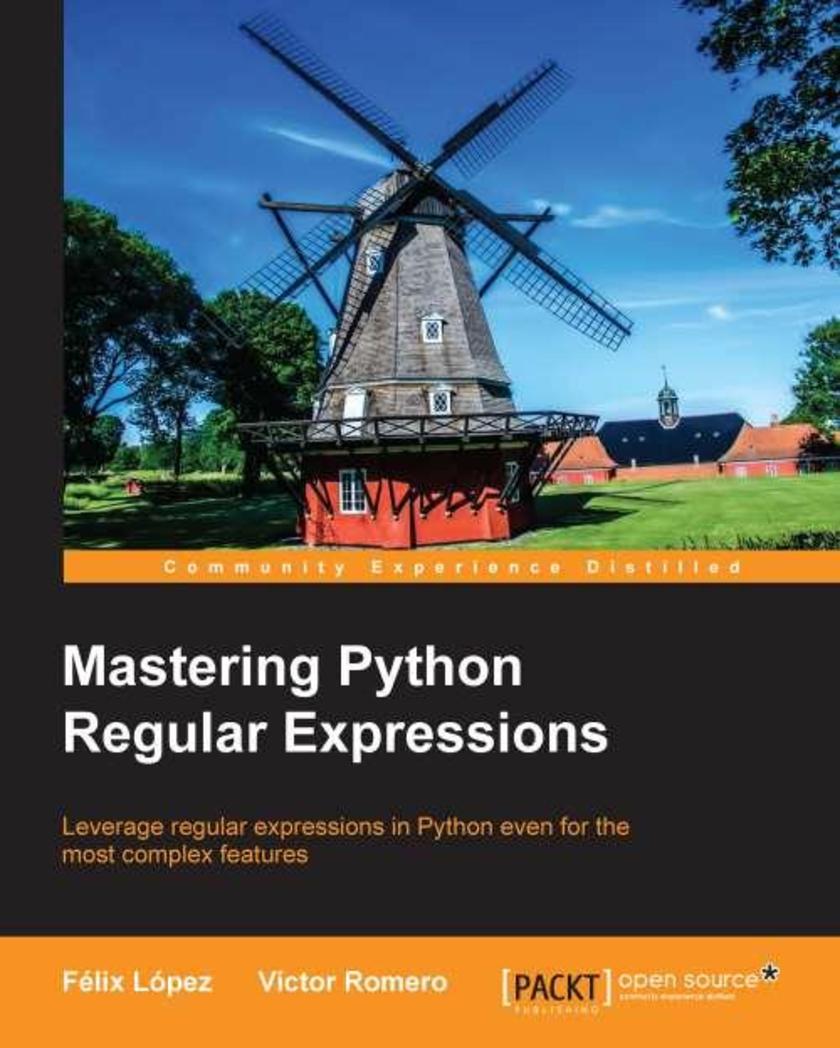
Mastering Python Regular Expressions
¥45.77
A short and straight to the point guide that explains the implementation of Regular Expressions in Python. This book is aimed at Python developers who want to learn how to leverage Regular Expressions in Python. Basic knowledge of Python is required for a better understanding.
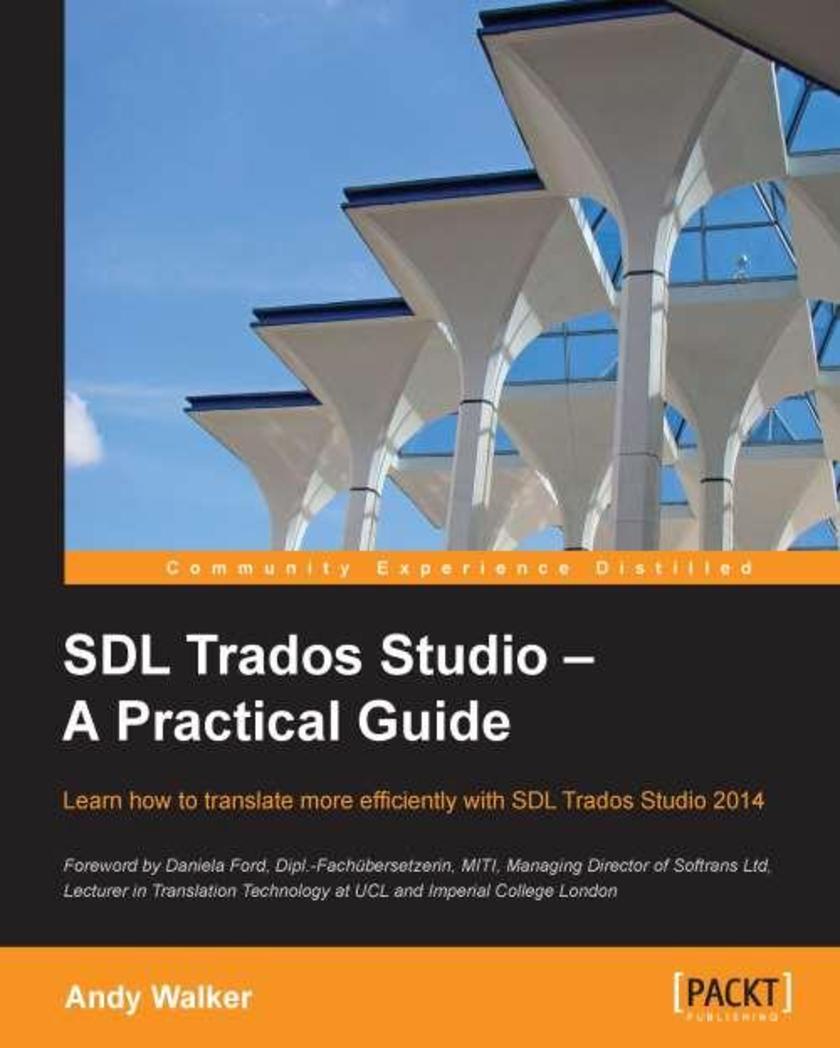
SDL Trados Studio: A Practical Guide
¥54.49
This book breaks down the fundamental topics of SDL Trados Studio into clear, taskoriented steps that will help you apply them to your translation work speedily and efficiently. This book is designed for translators who are new and have some knowledge of SDL Trados Studio. This book will get you acquainted with its features quickly and enhance your knowledge to get the best out of this tool. Previous knowledge of SDL Trados would be useful but not required but working knowledge of translating tools is assumed
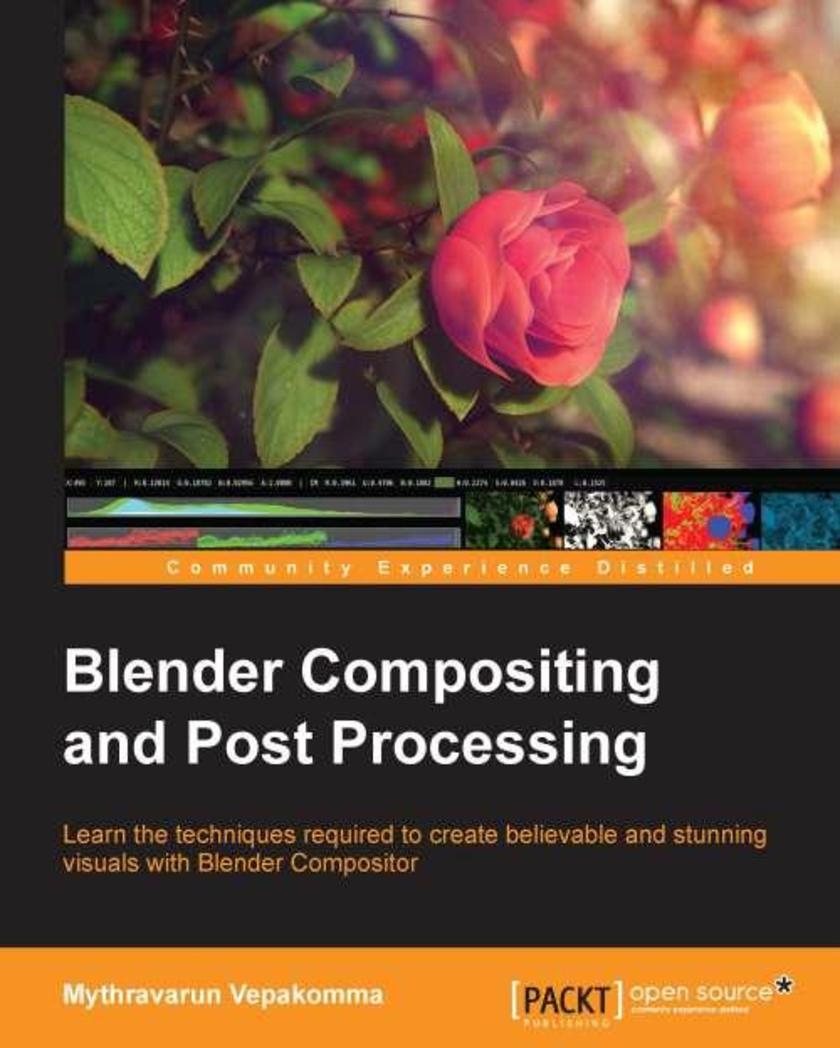
Blender Compositing and Post Processing
¥63.21
This book is a stepbystep compositing guide, with lots of illustrations and practical approaches and implementations to attain a desired visual quality to a deadline. Each chapter progressively adds to your skillset, covering a wide range of CG film making compositing concepts. This book is for digital CG artists looking to add photo realism and life to their footage. This book also assists technical CG artists in strategizing and implementing productive lighting. If you are new to Blender or compositing, this book will guide you step by step in gaining compositing skills.
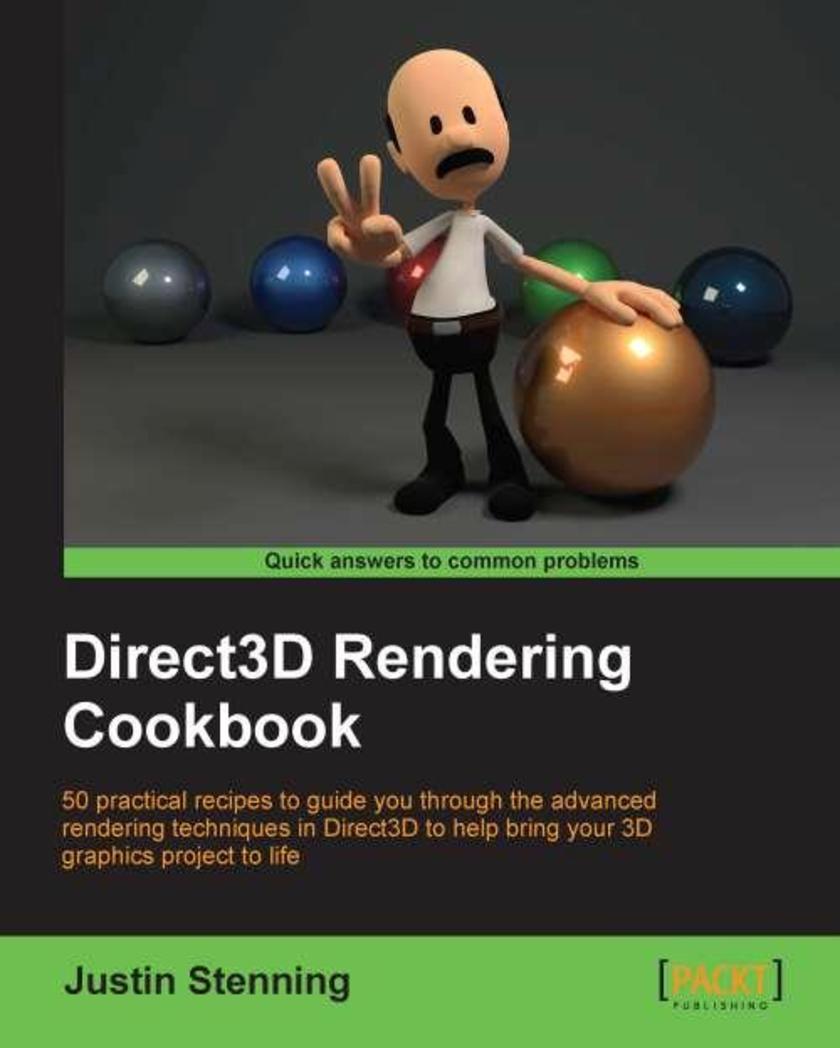
Direct3D Rendering Cookbook
¥99.18
This is a practical cookbook that dives into the various methods of programming graphics with a focus on games. It is a perfect package of all the innovative and uptodate 3D rendering techniques supported by numerous illustrations, strong sample code, and concise explanations. Direct3D Rendering Cookbook is for C# .NET developers who want to learn the advanced rendering techniques made possible with DirectX 11.2. It is expected that the reader has at least a cursory knowledge of graphics programming, and although some knowledge of Direct3D 10+ is helpful, it is not necessary. An understanding of vector and matrix algebra is required.
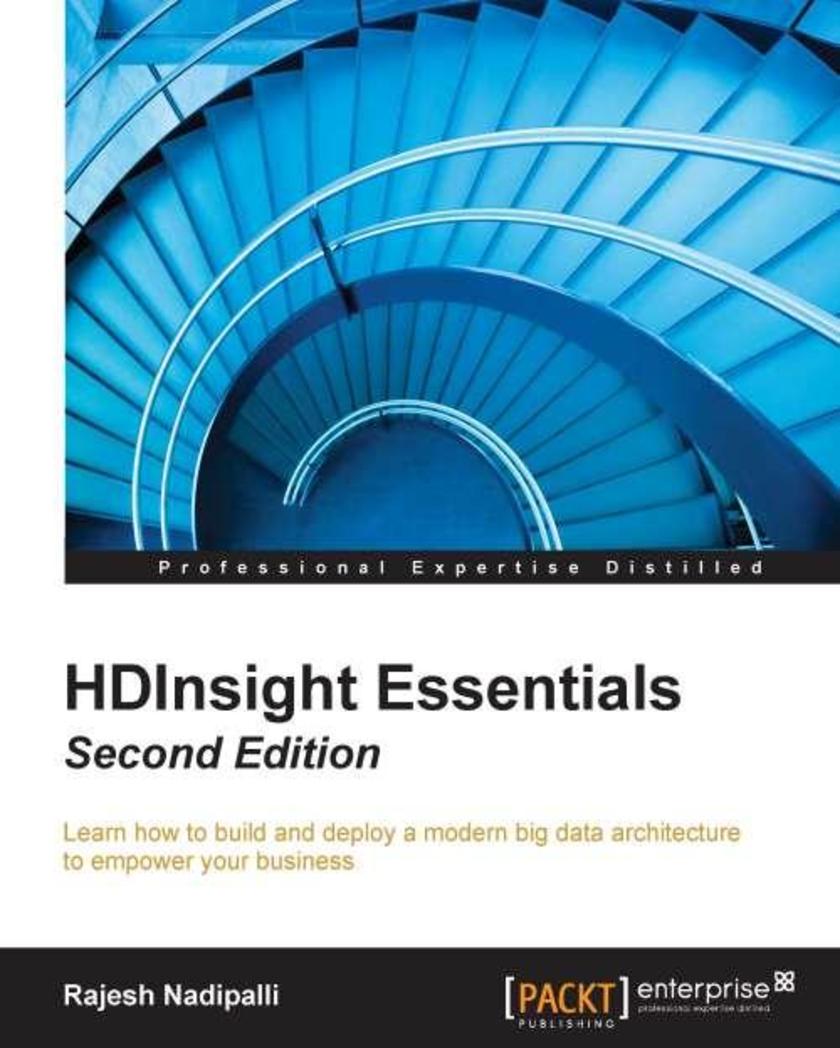
HDInsight Essentials - Second Edition
¥63.21
If you want to discover one of the latest tools designed to produce stunning Big Data insights, this book features everything you need to get to grips with your data. Whether you are a data architect, developer, or a business strategist, HDInsight adds value in everything from development, administration, and reporting.
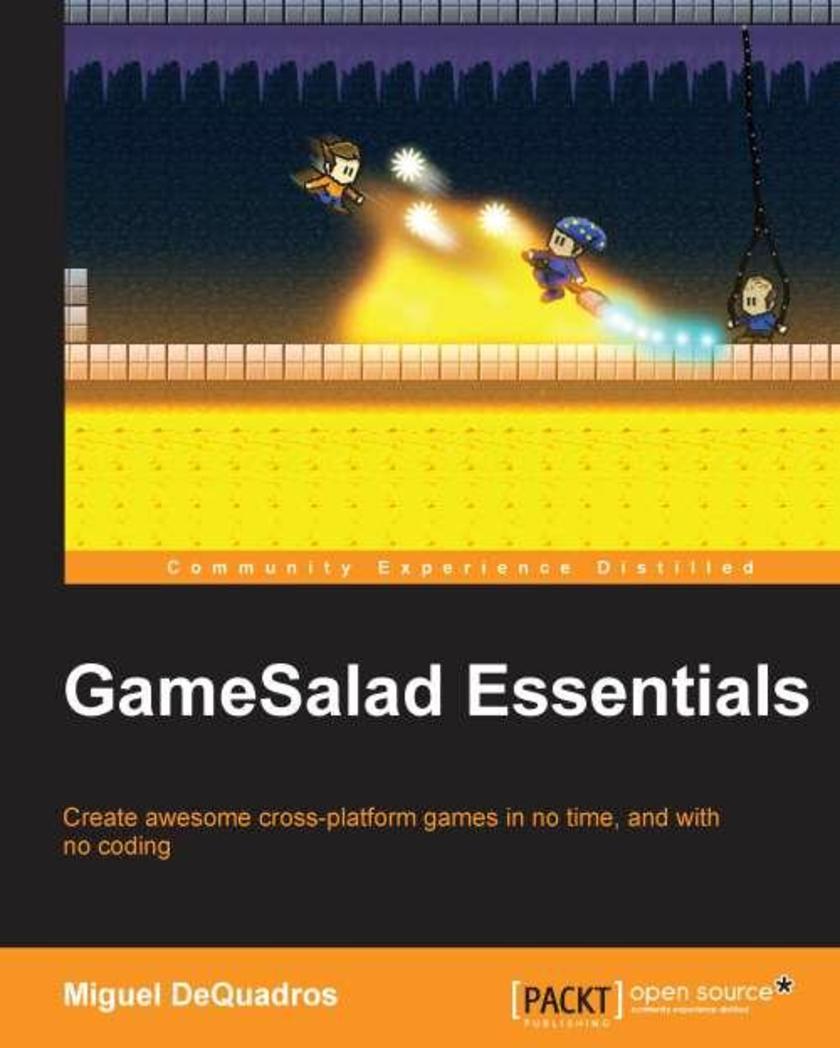
GameSalad Essentials
¥45.77
If you want to create your own game, but don't know where to start, this is the book for you. Whether you've used GameSalad before, or have prior game development experience or not you are sure to learn! Imaging software experience, such as Photoshop, is good to have, but art and assets are provided in the book's resources.
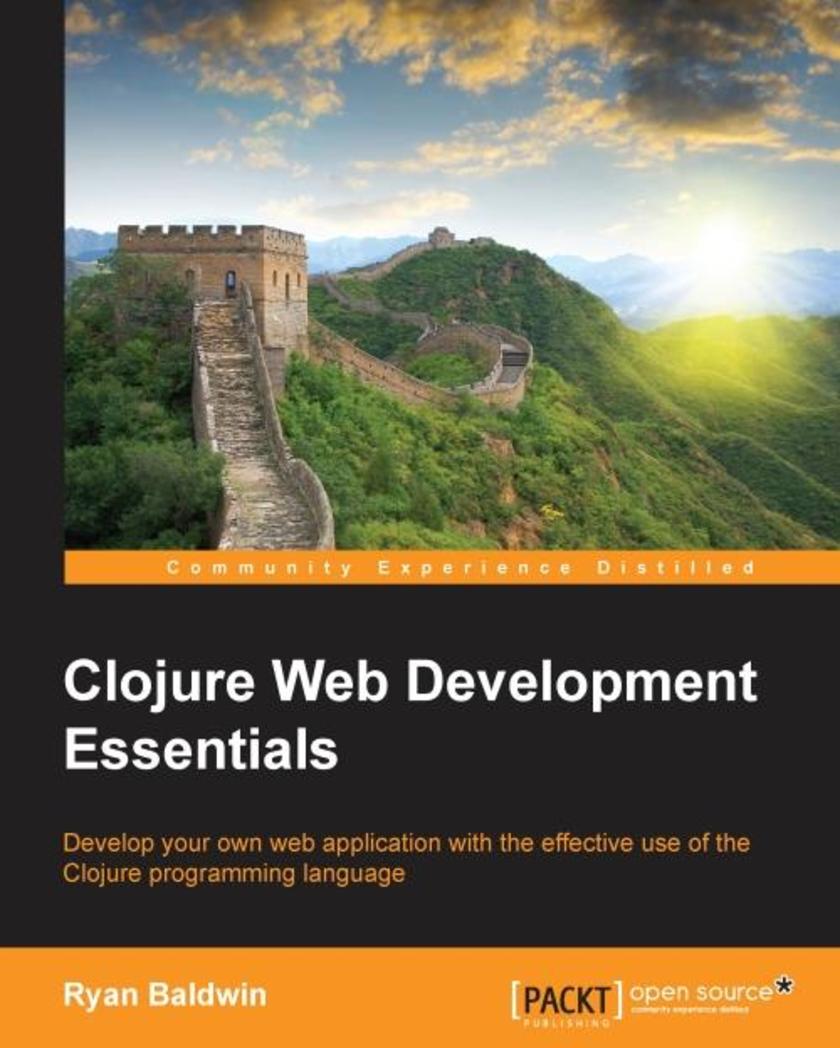
Clojure Web Development Essentials
¥80.65
This book is for anyone who's worked with Clojure and wants to use it to start developing applications for the Web. Experience or familiarity with basic Clojure syntax is a must, and exposure to Leiningen (or other similar build tools such as Maven) would be helpful.




 购物车
购物车 个人中心
个人中心



